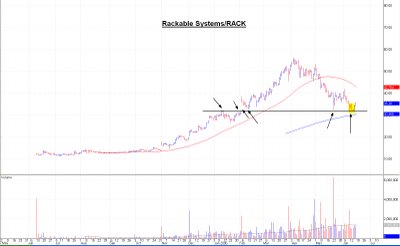Fed ready to pause at 5.25%
-- David M Gordon / The Deipnosophist
================================
Today the FOMC raised its funds rate target to 5.25%, marking its 17th consecutive decision to raise rates by 25 bps. More importantly, perhaps, the FOMC's statement suggested that this might be ready to pause: "The extent and timing of any additional firming that may be needed ... will depend on the evolution of the outlook for both inflation and economic growth...." Both the Fed and the market expect that economic growth is slowing enough, thanks to a softer housing market and the lagged effects of past rate hikes, to reduce lingering and somewhat elevated inflation pressures.
The bond market is still holding open the possibility of one more hike later this year, but with 2-year Treasury Note yields at 5.18% (implying that the funds rate will average only that over the next two years), the market is saying that the Fed is essentially done.
Whether that proves to be the case, however, will depend crucially on future data. Meanwhile, action in inflation-sensitive markets after the FOMC announcement suggested that inflation pressures will not likely be tamed by a 5.25% funds rate: the dollar fell, gold rose, and breakeven spreads widened. In other news the government revised upward the already record-breaking level of corporate profits in the first quarter, suggesting that the economy has quite a head of steam behind it. In short, while today's announcement might mark the arrival of the long-awaited Fed pause, it is also possible that the Fed could resume tightening at some later date.






































































































